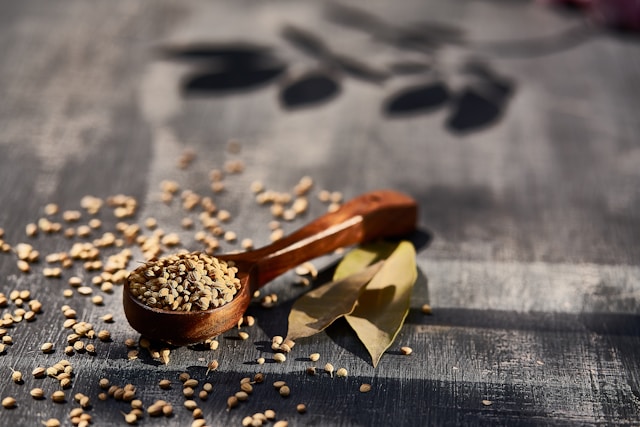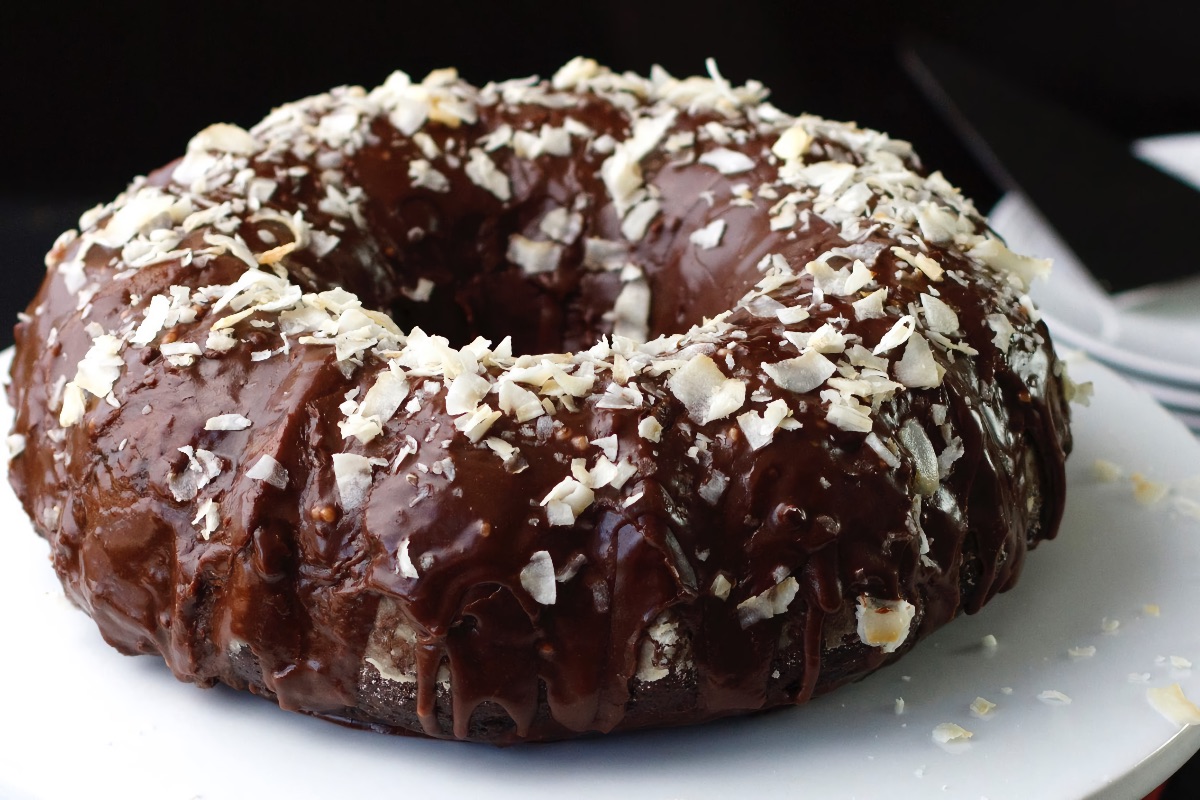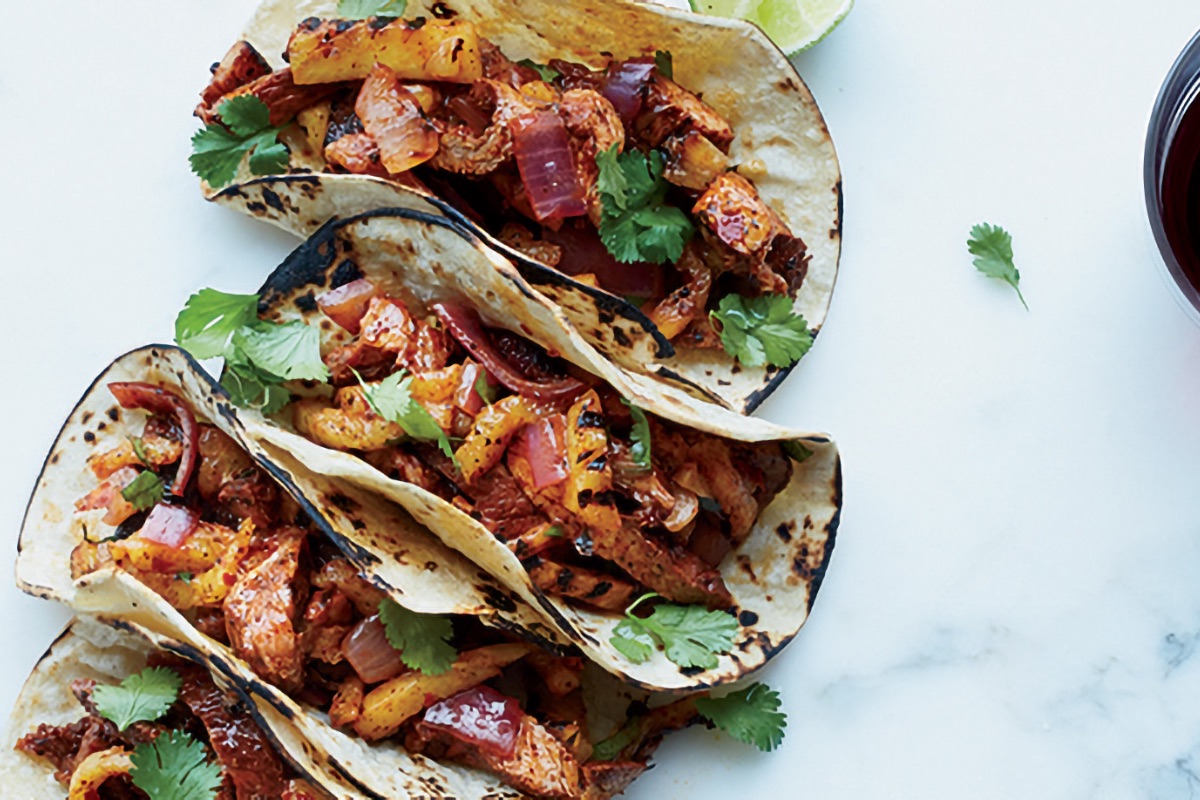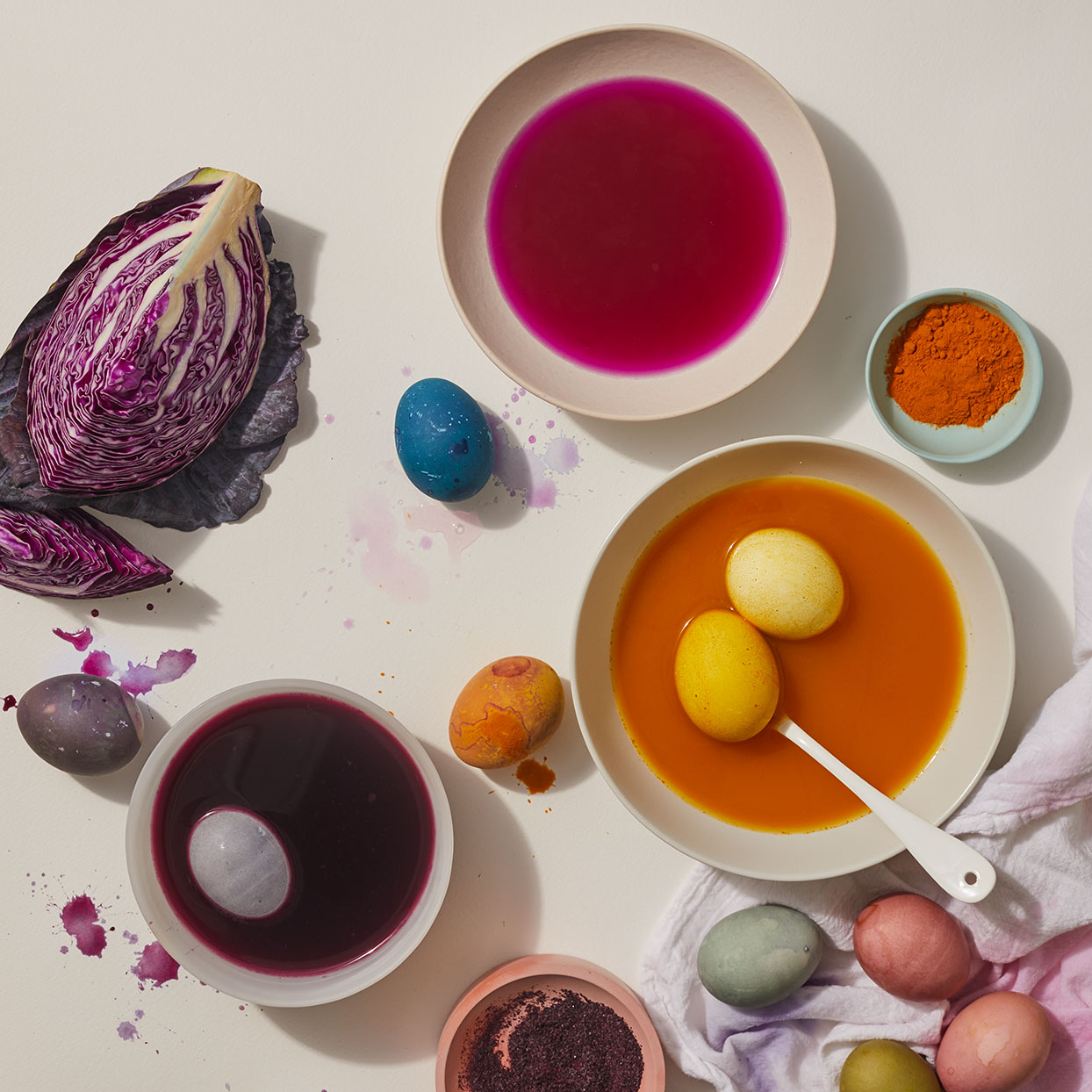They come from the same plant, but they’re not necessarily the same thing. Here’s what to know when using each in your cooking.
It’s easy to get cilantro and coriander confused. These flavorful ingredients come from the same plant (coriandrum sativum), and when sold fresh they’re actually the same thing. But as fans of both ingredients will know, they’re not necessarily interchangeable. Let’s explore what cilantro is, how it (usually) differs from coriander, and how to make them both shine in your kitchen.
The bottom line
In the U.S., cilantro is the name for the leafy green herb and its similarly hued stems, while the dried seeds are sold as a spice called coriander. Cilantro has a bright, vegetal flavor, whereas coriander tastes earthy with faint floral notes. In other parts of the world, the entire plant is known as coriander, and the dried spice is called coriander seeds.
What is cilantro?
Cilantro is a leafy green herb that looks a bit like flat-leaf parsley at first glance. It has bright aromas and flavors that most people find herbaceous and citrusy. It features prominently in many South American, Central American, and South and Southeast Asian cuisines. Due to the variabilities of genes, however, cilantro reportedly tastes and smells soapy to some 4 to 14% of the U.S. population.
If you’re lucky enough to be able to enjoy cilantro in all its leafy glory, there are several ways to cook with it. Chopped raw cilantro is a must in pico de gallo and creates layers of flavor in sea bass crudo or shrimp scampi. You can also blend an entire bunch — stems and all — into a vibrant chutney to serve with roast chicken, or in the base of a palak “paneer” with pressed ricotta. Make a cilantro-lime dipping sauce to accompany velvety slices of lamb, or mix it into verdant cilantro-jalapeño salsa for a guava-glazed pork tenderloin.
What is coriander?
SwapnIl Dwivedi
How you define coriander likely depends on where you’re eating it. In the U.S., coriander is the name for the round seeds that come from cilantro plants. Sold as a dried spice, coriander has an earthy flavor with sweet, floral undertones. In other parts of the world, coriander refers to the bright green leaves and stems of the herb that Americans call cilantro, and the dried spice is labeled coriander seeds.
Keep a jar of coriander on your spice rack to complement everything from barbecue to berries. Combine ground coriander with cumin, cinnamon, and black pepper in a Middle Eastern-inspired rub for tender lamb ribs, or crush whole coriander seeds to make beer-braised carrots right on the stovetop. Coriander works well with fresh citrus, too, as in a lime-scented, coriander-cured trout aguachile or an aromatic snapper and spiced crab in lime-coriander broth
Coriander spices up desserts, too; add toasted coriander seeds to homemade blueberry-coriander jam for nuanced flavor, or try it in a show-stopping lemon chiffon cake with blueberry-coriander buttercream.
This article was written by Emily Saladino from Food & Wine and was legally licensed through the DiveMarketplace by Industry Dive. Please direct all licensing questions to legal@industrydive.com.









